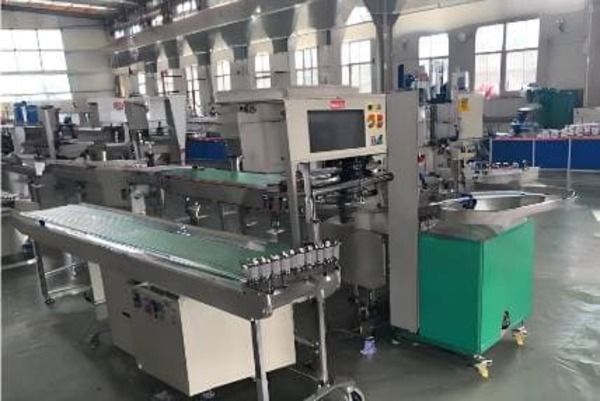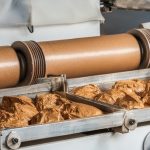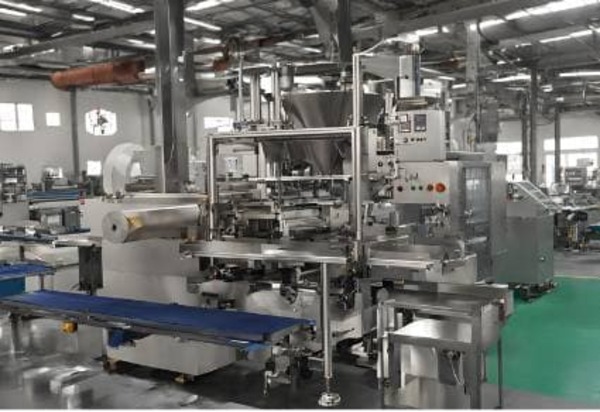
Introduction to Materials Used for Tea Packets
The material used for tea packets plays a crucial role in maintaining the freshness, aroma, and overall quality of tea. Tea, being a delicate product, is highly sensitive to environmental factors such as air, moisture, and light. The primary purpose of tea packaging materials is to protect the tea from these external influences while ensuring that the packaging aligns with consumer preferences and environmental considerations. This article explores the various materials commonly used for tea packets, their characteristics, and the growing trend toward sustainability in tea packaging.
Key Requirements for Tea Packaging Materials
Before diving into specific materials, it’s essential to understand the key requirements that a material must fulfill to be suitable for tea packaging:
1. Preservation of Freshness
Tea must be protected from oxygen, moisture, and light exposure to maintain its flavor and aroma. A suitable material should provide excellent barrier properties against these elements.
2. Food Safety
The material must comply with food-grade standards to ensure it does not contaminate or alter the tea’s quality.
3. Durability
Tea packets need to withstand transportation and handling without compromising the integrity of the packaging.
4. Sustainability
In response to increasing environmental concerns, tea packaging materials are shifting toward eco-friendly options that are biodegradable, compostable, or recyclable.
5. Visual Appeal
Attractive packaging is critical for branding and consumer engagement. The material should allow for high-quality printing or labeling.
Common Materials Used for Tea Packets
Several materials are used in the production of tea packets, ranging from traditional options like paper to modern, innovative solutions like biodegradable plastics. Let’s examine each of these in detail:
1. Paper-Based Packaging
Paper is one of the most commonly used materials for tea packets due to its affordability and versatility. It is often combined with other materials to enhance its protective qualities.
- Kraft Paper: Known for its natural appearance, kraft paper is biodegradable and often used for loose-leaf tea or tea bags.
- Metalized Paper: Coated with a thin layer of metal, this type of paper provides additional protection against moisture and light.
2. Plastic Films
Plastic films are widely used due to their excellent barrier properties and durability. However, their environmental impact has led to scrutiny in recent years.
- Polypropylene (PP): A lightweight plastic with good moisture resistance, often used as a lining material inside paper packets.
- Polyethylene (PE): Commonly used for stand-up pouches or as a laminate layer in combination with other materials.
3. Foil Laminates
Foil laminates provide superior barrier properties against oxygen, moisture, and light, making them ideal for high-end tea products.
- Aluminum Foil: Often laminated with paper or plastic, aluminum foil ensures maximum freshness but is not eco-friendly unless recycled properly.
4. Biodegradable and Compostable Materials
With growing demand for sustainable packaging, biodegradable and compostable materials are becoming increasingly popular.
- Plant-Based Plastics: Derived from renewable resources like corn or sugarcane, these plastics decompose under specific conditions.
- Cellulose Films: Made from plant fibers, cellulose films are biodegradable and offer good transparency.
5. Tins and Metal Containers
For premium tea products, tins and metal containers are often used due to their durability and reusability.
- Steel or Aluminum Tins: These provide excellent protection against external factors but are heavier and more expensive than other options.
Innovations in Tea Packaging Materials
The tea industry is witnessing rapid advancements in packaging technologies, driven by the need for sustainability and consumer convenience.
Smart Packaging
Smart packaging incorporates features such as QR codes or NFC tags that provide additional information about the product or ensure authenticity.
Edible Packaging
Though still in experimental stages, edible packaging materials made from natural ingredients could become a future trend in the tea industry.
Conclusion
The choice of material for tea packets is influenced by factors such as product quality, consumer preferences, and environmental considerations. While traditional materials like paper and foil laminates remain popular, there is a growing shift toward sustainable options such as biodegradable plastics and cellulose films. Innovations like smart and edible packaging promise to redefine how tea is packaged in the future, offering exciting opportunities for brands to connect with consumers while minimizing their environmental footprint.





